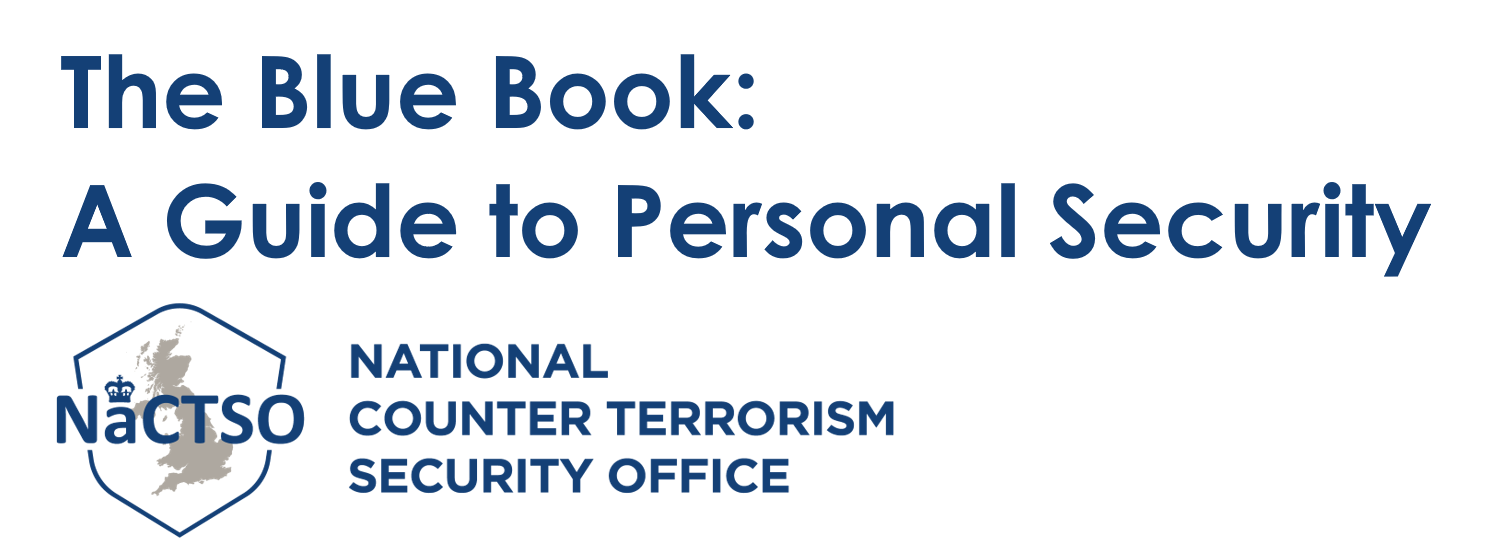The principles of situational crime prevention theory state that three things must be present for a violent or aggressive incident to happen:
-
a victim
-
a perpetrator and
-
an opportunity
By taking some suitable safety precautions, you can reduce the opportunities, and therefore the risk of experiencing violence or aggression.
-
plan ahead. Before you go out, think about how you are going to get home. Can you travel home with a friend? What time does the last bus/train leave?
-
avoid danger points like quiet or poorly lit alleyways, subways or isolated car parks. Walk down the middle of the pavement if the street is deserted
-
if you do have to pass danger points, think about what you would do if you felt threatened
-
if you feel worried, consider heading to a public place and/or somewhere you know there will be other people, for example a garage or shop
-
if you are at all worried, try and stay near a group of people
-
try to keep both hands free and do not walk with your hands in your pockets
-
try to use well-lit, busy streets and use the route you know best
-
whenever possible, walk facing oncoming traffic to avoid vehicles approaching from behind you
-
avoid passing stationary cars with their engines running and people sitting in them
-
if you do have to walk in the same direction as the traffic and a vehicle pulls up suddenly alongside you, turn and walk or run in the other direction
-
never accept a lift from a stranger or someone you do not know well, even if there is poor weather or you are late. Consider calling a friend or licensed cab
-
keep your mind on your surroundings – remember if you are talking on your mobile phone or wearing audio/noise cancelling headphones, you will not be aware of potential problems near you
-
be particularly careful when using cashpoint machines. Make sure nobody is loitering nearby, shield the keypad whilst tapping in the PIN code, do not count your money in the middle of the street and report anything unusual
-
if you think you are being followed, trust your instincts and take action. As confidently as you can, cross the road, turning to see who is behind you. If you are still being followed, keep moving. Make for a busy area and tell people what is happening. If necessary, call the police by dialling 999
-
spread your valuables around (bag, jacket, trousers etc.) It’s a good idea to keep valuables such as wallets in an inside pocket
-
don’t display your valuables such as a mobile phone, laptop, jewellery or watch. Keep such items covered in a pocket or bag whenever possible
-
consider carrying a personal safety alarm, or download a personal safety app on your mobile phone, which can be used to disorientate an attacker giving you vital seconds to get away or send a message to your emergency contacts
-
let a friend know of your movements, planned routes, location and return time
For further advice:
Lone working
A lone worker is a person who works in an environment by themselves or without direct supervision. They can find themselves working in an array of surroundings such as rural, residential streets, factories, large or small buildings or within a vehicle. Lone working can last for prolonged or for short periods of time.
It’s important to recognise the potential for a situation to quickly develop and increase your vulnerabilities; some useful points to consider when lone working are listed below:
Minimise risk:
consult your Employers Lone Working Risk Assessment and adhere to employer guidance and policy
make sure that your mobile, lone worker device (BS 8484:2016), or tracker is charged and with you
prior to setting out, ensure someone knows your whereabouts and when you’re next expected to check in with them
do not publicise your routine outside your line management or on social media (such as on an office white board in an open plan office)
if engaged with a threatening person, create distance, remain calm, and remove yourself; personal safety comes first
keep your work tools close to prevent them being used to threaten or cause harm
if working alone, do not wear audio headphones
don’t take unnecessary risks
report all incidents to your employer and, where appropriate, to the police. Have a clear escalation point if something isn’t right, with clear guidance on what to report to who, and when. For instance, in an emergency, call 999, but if you notice suspicious behaviour (that doesn’t create an immediate threat) note information (descriptions, vehicle make, model, colour and registration number) and report it to an appropriate person (line manager, security manager, site manager)

Maintain situational awareness:
take note of your surroundings and note alternative exits
when lone working at a new or unfamiliar site, consider the exit routes and make note of local landmarks that could offer assistance in an emergency (such as local shops, libraries, police stations)
carry your ID, cash and contact numbers with you (in case of vehicle theft/need to make quick getaway)
trust your instincts
For further information:
A lone worker device can come in a number of guises including: a small fob, handheld or app based on a smart phone. The sole purpose of the lone worker device is to summon immediate assistance when activated. These are designed to be carried discreetly and when activated can disorientate the aggressor, giving vital seconds to get away.
Meetings
When conducting public or private meetings, particularly where you may be alone in an office, you may encounter people who are confrontational or in different states of distress. They may display different emotions and be upset, angry or aggressive.
It is important to continually assess your surroundings, the person’s behaviour and potential threats before and during meetings. You should take proportionate steps to reduce the risks and stay safe. Once a meeting plan is in place this should be regularly reviewed and tested involving staff.
The plan should include:
A Standard Operating Plan (SOP) with an Emergency Plan
Outline what to do in an emergency. The plan should include if the person is displaying signs of irrational, aggressive, or confrontational behaviour. If unsafe terminate the meeting - create distance, disengage and call for assistance. Report incidents to your employer and/or police as appropriate.
Risk Assess
The following checklist is not exhaustive, but should form part of your initial and dynamic risk assessment. Consider additional training to ensure that you have the necessary skills to deal with a potentially volatile situation.
You will need to consider the following:
Location
Is the meeting room appropriate? i.e no items lying around that could be used as weapons?
Seating
Consider the seating positions. Are you sat at their level? Are you using eye contact and open hand gestures to display a non-confrontational and receptive body language?
Consider using the chair nearest the door, so escape can be achieved quickly if required
Escape route
The route to be taken in an emergency. Is there a safe area for those involved including staff?
Delaying Plan
Consider an excuse to remove yourself from the situation without causing further issues.
Help and assistance In the event of an incident
Have an agreed phrase to alert staff in the event.
Mobile Phone
Carry at all times. Check the battery is charged and has a signal.
Lone Worker Device/Personal Safety Alarm
Carry at all times, check it is working.
Panic Button
Is this facility available in the room?
Booking System
Create an appointment system which identifies the visitor, room location, start and finishing times and ensure checks are conducted to reduce the risk. Ensure others are aware of the time and location of meeting. Checks could include confirming the name, address and contact details.
Meeting Room
Designate a room that’s accessible to other members of staff who can provide assistance if required in the case of emergency. If there’s a risk of aggressive or unacceptable behaviour invite a colleague to join the meeting.
Incident Log
An incident log should be created to record all incidents and should be noted immediately after the incident, as anecdotal accounts can be unreliable. The log should be dated, timed and signed.
All completed incident logs must be regularly reviewed to identify individuals who have previously displayed aggressive or unacceptable behaviour.
This will allow those who have displayed unacceptable behaviour to be excluded from future meetings.
